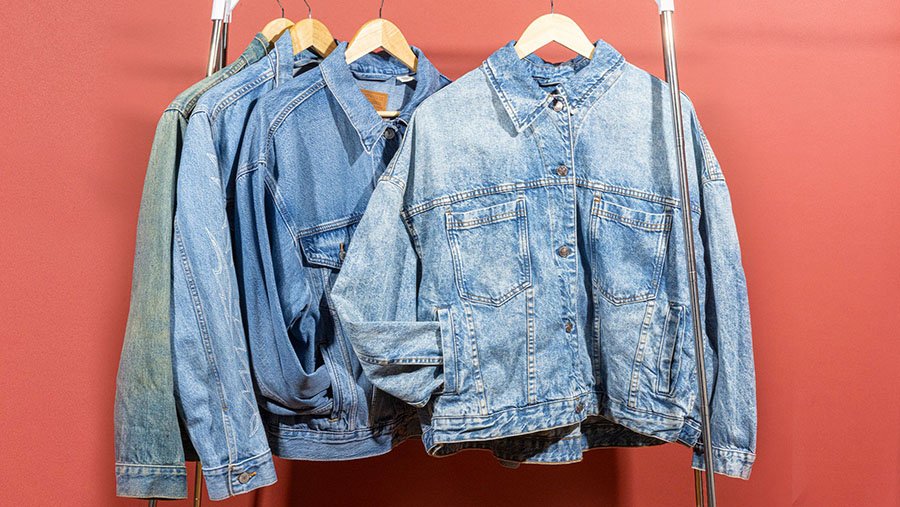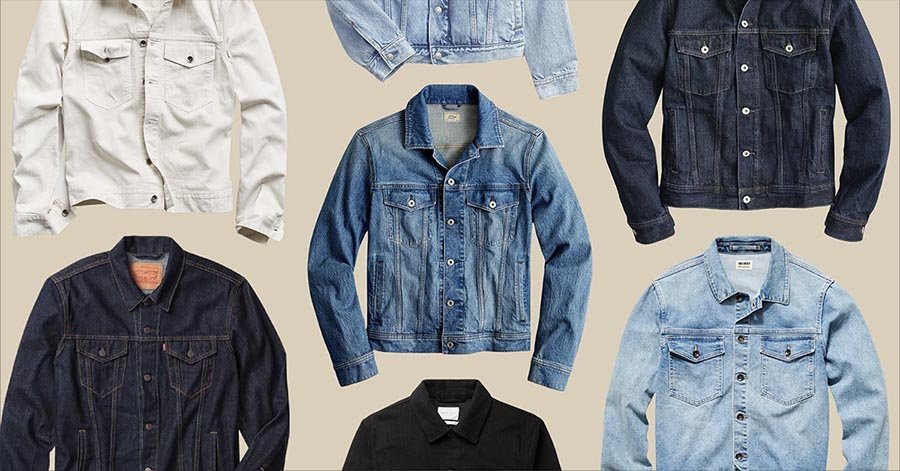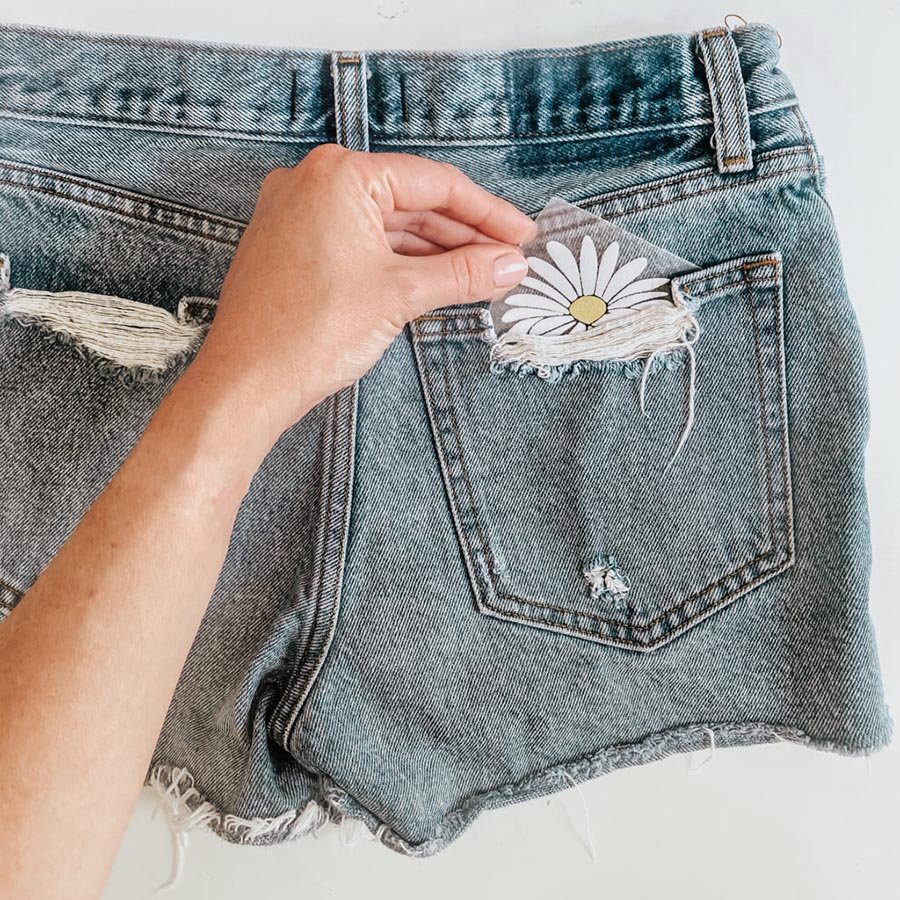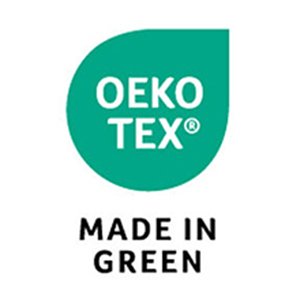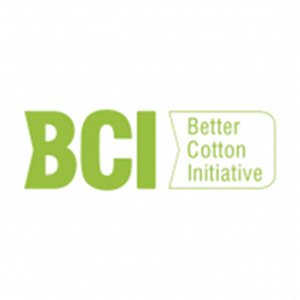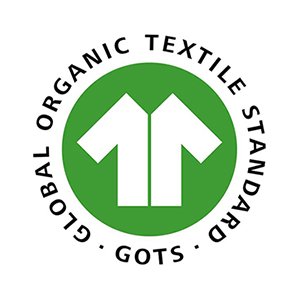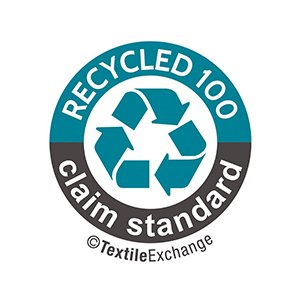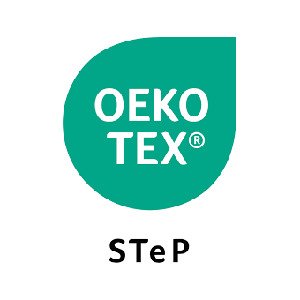When clients explore denim sourcing with us, one of the most common questions is: what natural resources are actually needed to make jeans?
At Jeanzio, we explain these inputs clearly because understanding resources helps brands plan costs, sustainability, and supply chain impact.
The main natural resources for making jeans are cotton, water, indigo dye (plant-based or synthetic origin), and energy from natural sources. Trims like leather patches and metal hardware also rely on natural raw materials such as hides, copper, or zinc.
Let’s break down each resource and its role in denim manufacturing.
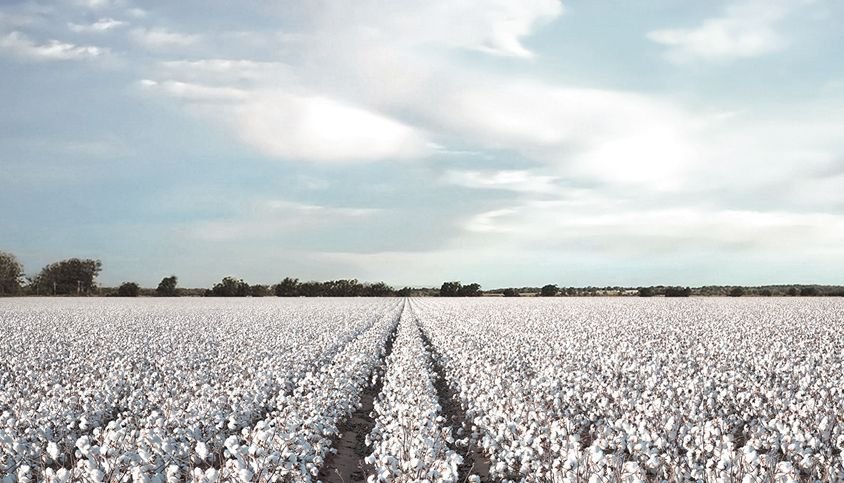
Why is cotton the primary natural resource?
Cotton is denim’s foundation.
Most jeans are made from cotton fibers, which provide strength, comfort, and breathability unmatched by synthetics.
Cotton in Jeans
- 100% cotton in heritage denim.
- Cotton blends with elastane or polyester.
- Organic cotton for eco-certified production.
Our Insight
At Jeanzio, we source different cotton grades, from conventional to organic, depending on client positioning.

How much water is used in denim production?
Water is a critical input.
From cotton farming to fabric dyeing and finishing, water is one of the largest natural resources consumed in making jeans.
Water Use
- Irrigation in cotton cultivation.
- Dyeing and washing processes.
- Finishing treatments in laundries.
Our Insight
We work with mills and laundries that reduce water use with modern techniques like ozone and laser finishing.
What role does indigo dye play?
Indigo defines denim’s identity.
Traditionally, indigo was a plant-based dye extracted from indigofera plants, but most denim today uses synthetic indigo to scale production.
Indigo Types
- Natural indigo → eco heritage option.
- Synthetic indigo → dominant in modern mills.
- Sulfur dyes → expand denim colors beyond blue.
Our Insight
We help clients explore natural and pre-reduced indigo options for sustainable lines.
How are leather patches part of natural resources?
Branding comes from hides.
Traditional waistband patches are made from leather, which originates from animal hides, though many brands now shift to faux or Jacron paper patches.
Patch Options
- Leather → premium, heritage authenticity.
- Jacron → paper-based, sustainable.
- PU → vegan-friendly but synthetic.
Our Insight
We see growing demand for Jacron and cork patches in eco-focused markets.
Why are metals like copper and zinc important?
Hardware needs natural inputs.
Rivets, zippers, and buttons are typically made from metals such as copper, brass, or zinc alloys, sourced as natural resources.

Hardware Metals
- Copper rivets (heritage strength).
- Brass or zinc buttons.
- Steel or aluminum zippers.
Our Insight
We source trims from certified hardware suppliers to guarantee performance and eco compliance.
How does energy count as a resource in jeans making?
Factories depend on it.
Energy from natural resources like coal, oil, or renewable power is essential to run spinning, weaving, dyeing, and sewing processes.
Energy Sources
- Conventional → coal, oil, gas.
- Renewable → solar, hydro, wind.
Our Insight
At Jeanzio, we prioritize partnering with facilities using renewable energy.
Why is land considered a hidden resource?
Denim starts with agriculture.
Cotton cultivation requires land use, which ties jeans production to farming sustainability and crop management.
Land Use Factors
- Intensive farming vs crop rotation.
- Soil health and pesticide impact.
- Certified organic fields.
Our Insight
We support clients seeking cotton grown under sustainable land practices.
How do chemicals and auxiliaries connect to natural resources?
Supporting but essential.
While some chemicals are synthetic, many auxiliaries (like starch from plants) are natural resources used in sizing, dyeing, and finishing.
Examples
- Starch from maize or potato for weaving.
- Enzymes (biological resources) in eco washes.
- Plant-based oils in finishing.
Our Insight
We integrate bio-based auxiliaries when clients prioritize eco standards.
How do sustainable practices reduce natural resource impact?
The future is eco-conscious.
Factories now aim to minimize natural resource usage while maintaining denim quality.
Sustainable Approaches
- Organic cotton reduces pesticide impact.
- Waterless dyeing and washing cut water use.
- Recycled trims reduce need for new metals.
- Renewable energy reduces fossil dependence.
Our Insight
We help clients align denim sourcing with sustainability certifications and market expectations.
What should clients consider about natural resources in denim?
Resource awareness improves sourcing and branding.
Client Checklist
- Confirm cotton type (conventional, organic, recycled).
- Ask about water usage and washing methods.
- Review indigo source (synthetic vs natural).
- Check trims for eco options (Jacron, recycled metals).
- Ensure energy and land use align with sustainability goals.
At Jeanzio
We provide clients with transparent resource mapping to support eco-focused collections.
Conclusion
The natural resources used to make jeans include cotton, water, indigo dye, leather or paper patches, metals for hardware, energy, and agricultural land.
Today, sustainable practices are reshaping how these resources are consumed.
At Jeanzio, we help clients source denim responsibly, balancing durability and style with eco-conscious production.


